Disclosure: This article contains affiliate links. We may earn a commission from purchases at no extra cost to you, which helps our travel content.
The morning call to prayer mingles with the scent of fresh manoushe and the distant Mediterranean breeze as I sip thick Arabic coffee on a Gemmayze balcony. This is Beirut – a city where ancient history and resilient modernity dance together in a captivating rhythm that few tourists truly experience. After spending two transformative weeks embedding myself in local neighborhoods and sustainable initiatives, I've discovered that Beirut's soul lies not in its reconstruction or war-torn past that dominates headlines, but in the vibrant communities quietly reshaping their future through cultural preservation and environmental innovation.
Navigating Beirut's Neighborhood Microcosms
Beirut isn't a city you simply visit—it's a collection of distinct neighborhoods you must inhabit. Each district tells its own story through architecture, cuisine, and daily rhythms.
Mar Mikhael's artistic renaissance blooms through converted warehouses now housing eco-conscious galleries and craft workshops. Here, I spent mornings at Kalei Coffee, where local entrepreneurs gather beneath living walls of indigenous plants. The baristas don't just serve exceptional coffee; they'll connect you with community events happening that very evening.
Gemmayze's Ottoman-era buildings house family-run businesses where three generations might serve you lunch. Walk the narrow streets in early evening when residents pull chairs onto sidewalks for impromptu gatherings. One evening, an elderly gentleman invited me to join his family's weekly backgammon tournament, teaching me both game strategy and neighborhood history between moves.
Hamra offers academic energy from nearby universities alongside some of the city's most progressive environmental initiatives. The reusable water bottle I brought proved essential here—Beirut's tap water isn't potable, but several cafés in Hamra have installed filtered water refill stations to reduce plastic waste.
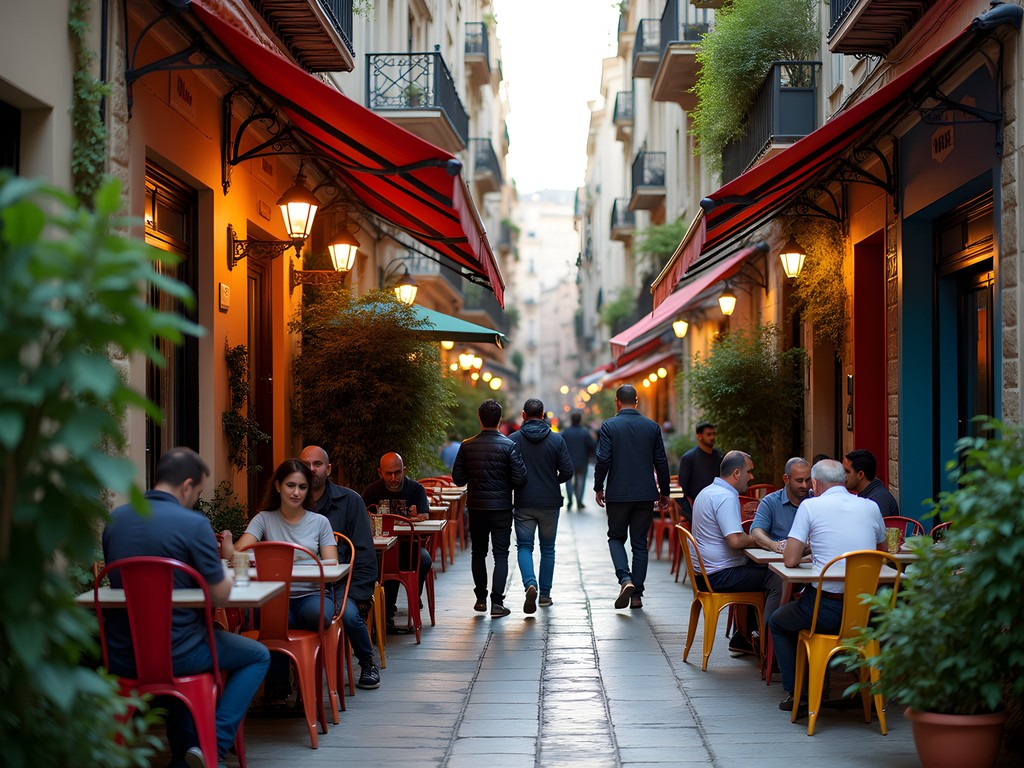
💡 Pro Tips
- Visit Tawlet in Mar Mikhael for their farmer's table concept where a different rural Lebanese cook prepares regional specialties each day
- Download the 'Live Love Beirut' app for community-led walking tours and neighborhood events
- Carry small denominations of Lebanese pounds for neighborhood shops and street vendors who don't accept cards
The Green Pulse of an Ancient City
While Beirut rarely makes headlines for sustainability, the grassroots environmental movement here offers profound lessons in resilience and adaptation. Through my background in environmental education, I connected with local initiatives transforming urban spaces.
Beirut's Urban Hives project converted abandoned lots into community gardens where I joined local families for a Saturday workshop on composting in limited spaces. The organizer, Nadia, showed me how they're integrating traditional Lebanese agricultural knowledge with modern sustainable practices. For anyone interested in participating, bring a gardening multi-tool – you'll find yourself invited to help harvest herbs or prepare garden beds.
The Beirut River 2.0 initiative represents a fascinating case study in urban watershed restoration. What began as a concrete channel is gradually being rewilded through community efforts. During my visit, I participated in a native species planting day, where environmental science students from the American University of Beirut explained how they're monitoring biodiversity increases in real-time.
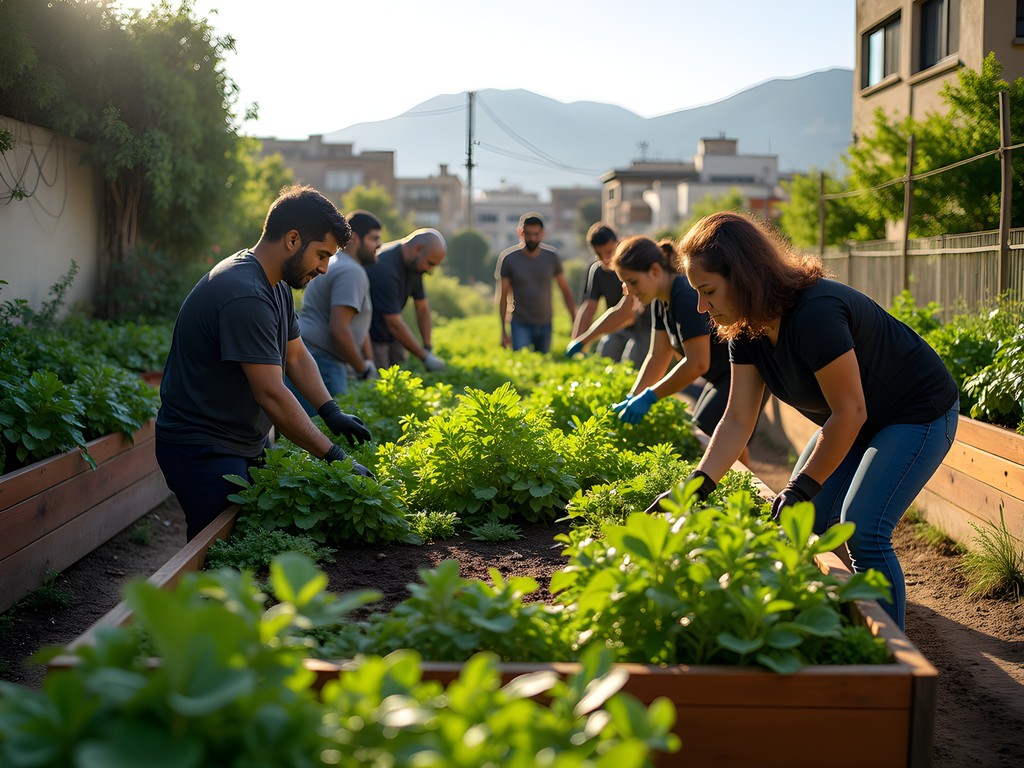
💡 Pro Tips
- Visit Souk el Tayeb farmers market on Saturdays for direct connections with sustainable Lebanese producers
- Join the monthly Beirut Green Project cleanups announced on their Instagram page
- Look for the 'Khoder & Makssoud' label at neighborhood markets for locally-grown produce with minimal packaging
Cultural Immersion Through Culinary Connections
To truly understand Beirut is to understand its relationship with food—not just as sustenance but as cultural preservation, family history, and social fabric. Skip the tourist-oriented restaurants and instead navigate the city through its neighborhood food rituals.
Mornings in Beirut should begin at a local furn (bakery) where manoushe—a Lebanese flatbread topped with za'atar, cheese, or ground meat—is prepared in wood-fired ovens. At Furn Beaino in Achrafieh, I watched three generations of bakers work in synchronized harmony, their hands telling stories their limited English couldn't convey. When the patriarch noticed my interest, he beckoned me behind the counter for an impromptu lesson in dough-stretching.
For lunch, seek out workers' canteens rather than restaurants. These unassuming spots serve home-style Lebanese cooking at a fraction of tourist prices. My favorite became Abou Joseph in Bourj Hammoud, where I'd point at whatever the table of taxi drivers was eating—never once disappointed.
Evening meals in Lebanese homes traditionally stretch for hours, and you'll need a insulated food container if you join a family picnic at the Corniche. These gatherings often continue well past sunset, with multiple courses shared communally.
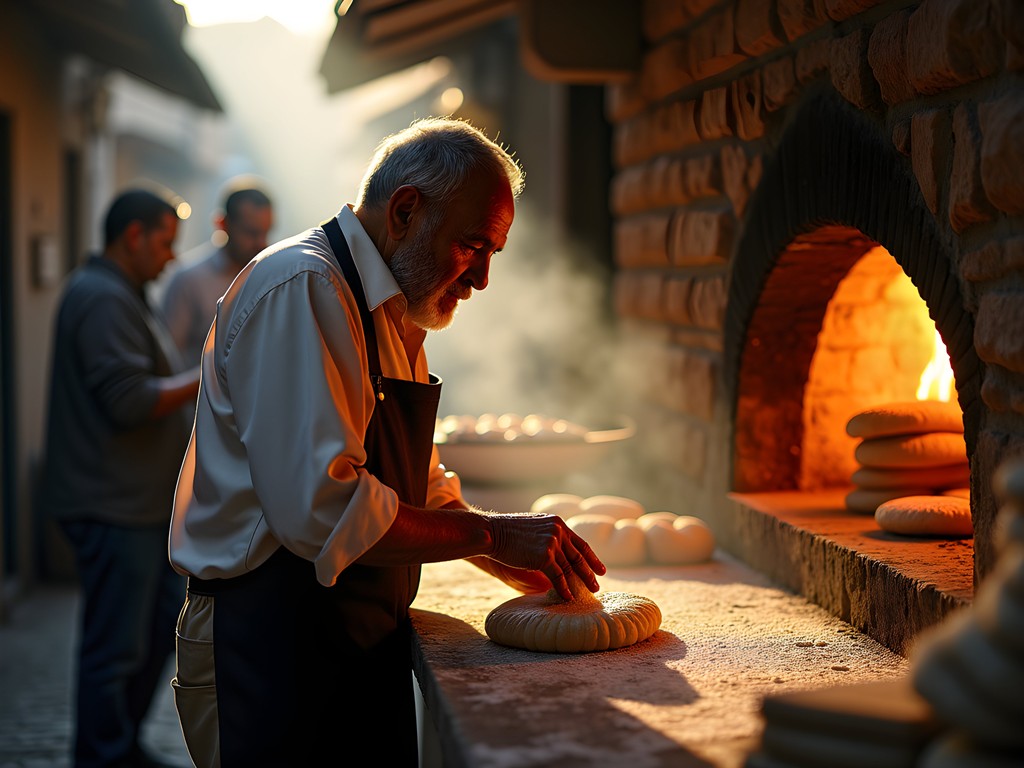
💡 Pro Tips
- Learn the phrase 'addeh?' (how much?) and 'ktir ghaleh!' (too expensive!) for friendly market negotiations
- Visit bakeries between 6-7am to watch the morning bread-making process and get the freshest manoushe
- Accept any home dinner invitation you receive—these offer the most authentic culinary experiences
Sustainable Mobility: Navigating Like a Local
Beirut's reputation for chaotic traffic is well-earned, but locals navigate the urban landscape with practiced ease using a combination of formal and informal transportation networks that visitors rarely discover.
The city's shared van system (known as 'service') operates on flexible routes marked only by hand gestures and local knowledge. For just 2,000 Lebanese pounds per ride, these white vans connect neighborhoods more efficiently than any map suggests. To use them, simply stand on a main road, make eye contact with approaching drivers, and state your destination. The driver will either nod (get in) or wave (wait for another). During my stay, I used a crossbody anti-theft bag which kept my essentials secure while leaving hands free for the sometimes acrobatic boarding process.
For exploring Beirut's hillside neighborhoods, the recently revitalized stairways offer both practical mobility and cultural immersion. The Vendome Stairs connecting Gemmayze to the higher Achrafieh district have been transformed with public art installations highlighting environmental themes. Walking these stairs, I encountered everything from impromptu music performances to elderly residents sharing stories of how these passages served as community lifelines during conflict periods.
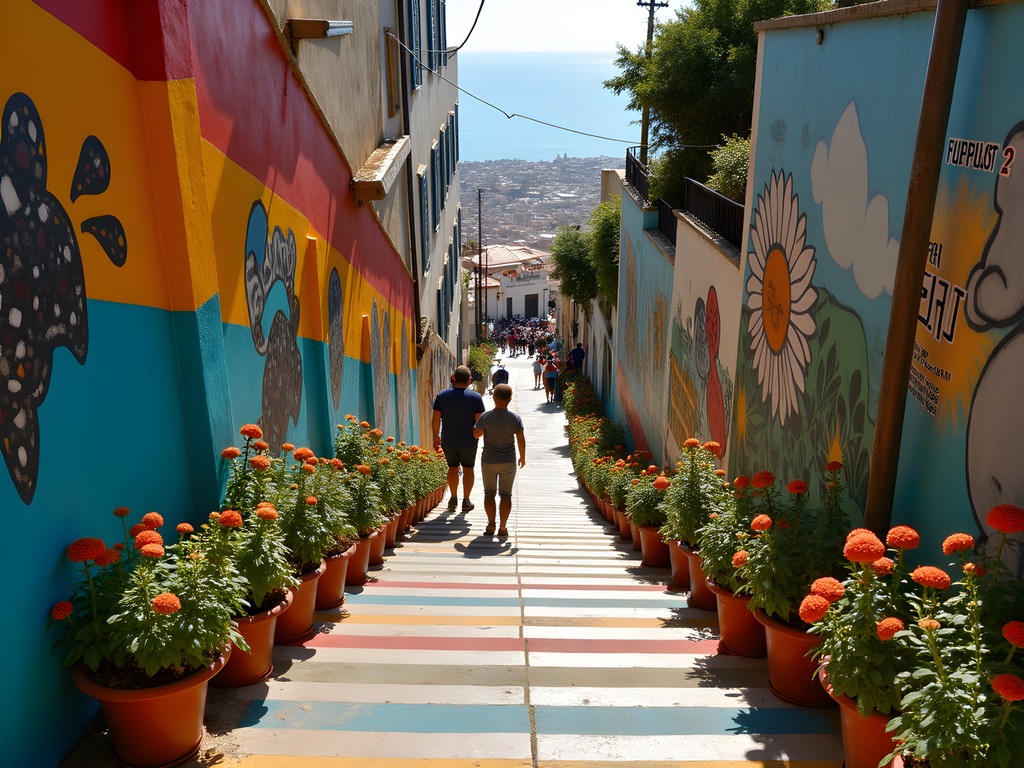
💡 Pro Tips
- Download the Loop app for real-time tracking of Beirut's limited public buses
- Learn to recognize service taxis (usually older white Mercedes with red license plates) versus private taxis
- For longer distances, use Bolt rather than Uber—it's more widely used by locals and often cheaper
Sustainable Souvenirs and Ethical Shopping
The concept of souvenirs takes on new meaning in Beirut, where purchasing decisions directly impact local artisans and environmental initiatives working against considerable odds. Skip the generic tourist shops and instead seek out spaces where craftsmanship and sustainability intersect.
Beirut's artisan revival is centered in Mar Mikhael, where workshops like Beit Wardeh create contemporary pieces using traditional Lebanese techniques. I spent an afternoon with woodworker Hassan, who transforms salvaged cedar (once the symbol on Lebanon's flag) into intricate inlay pieces. For sustainable textiles, L'Artisan du Liban employs women from rural communities to create home goods using natural dyes and traditional looms.
For environmentally-conscious gifts, Beirut's zero-waste shops offer locally-made alternatives to plastic products. I discovered Earthona in Hamra, where I purchased beeswax wraps made by a women's cooperative and olive oil soaps produced using traditional cold-press methods. These items pack easily in a packing cube set which helps organize souvenirs while minimizing luggage space.
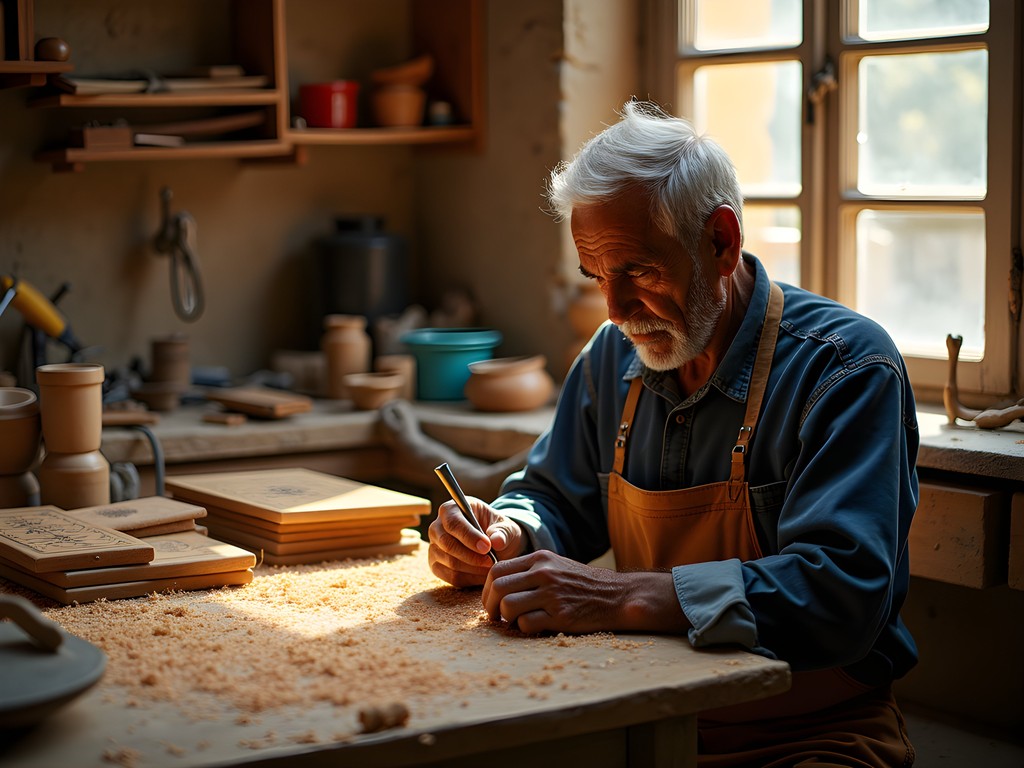
💡 Pro Tips
- Visit Plan BEY in Gemmayze for locally-designed stationery that supports Beirut's graphic arts community
- Look for the 'Made with Love in Lebanon' tag which guarantees fair compensation to artisans
- Bring your own shopping bag—plastic bags are still common despite environmental campaigns
Final Thoughts
As my final evening in Beirut unfolds on a rooftop in Achrafieh, watching swifts circle above the patchwork of architectural styles that tell this city's complex story, I'm struck by how Beirut defies the simplistic narratives often assigned to it. Living like a local here isn't just about finding hidden cafés or avoiding tourist traps—it's about engaging with a city actively reimagining its relationship with environment, community, and cultural preservation in real time.
The Lebanese concept of 'dbara' (resourcefulness) manifests everywhere: in urban gardens growing between concrete, in intergenerational knowledge preserved through daily rituals, and in communities creating sustainable solutions without waiting for institutional support. As travelers seeking authentic experiences, our responsibility extends beyond mere observation—we must participate thoughtfully in the local economies and environmental initiatives shaping Beirut's future.
When you visit, come with open hands rather than simply open wallets. Be ready to learn, contribute, and question your assumptions. Beirut doesn't need another tourist taking photos of contrast—it welcomes travelers willing to engage with its complex reality and carry its lessons in resilience and adaptation back to their own communities.
✨ Key Takeaways
- Connect with neighborhood-based environmental initiatives to experience Beirut's grassroots sustainability movement
- Navigate the city through its food rituals and community gathering spaces rather than tourist attractions
- Use informal transportation networks to discover areas rarely featured in guidebooks
- Support artisans and businesses practicing traditional crafts with sustainable materials
📋 Practical Information
Best Time to Visit
April-May or September-October
Budget Estimate
$50-80 per day excluding accommodation
Recommended Duration
Minimum 10 days to develop neighborhood connections
Difficulty Level
Moderate

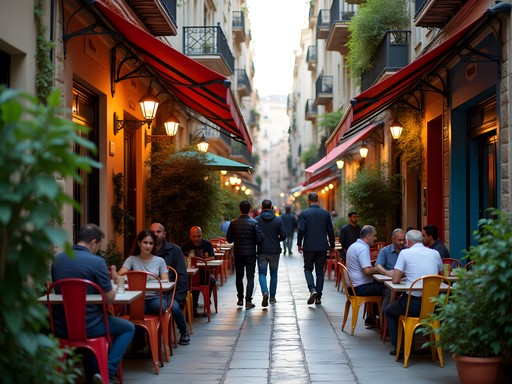
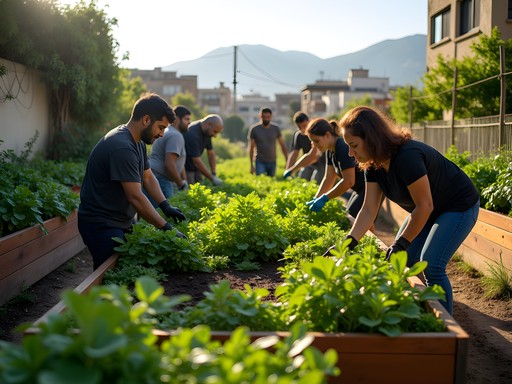
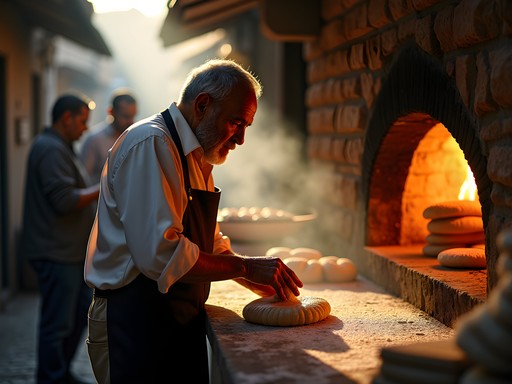

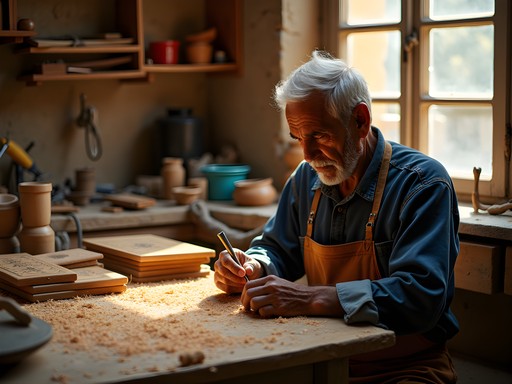


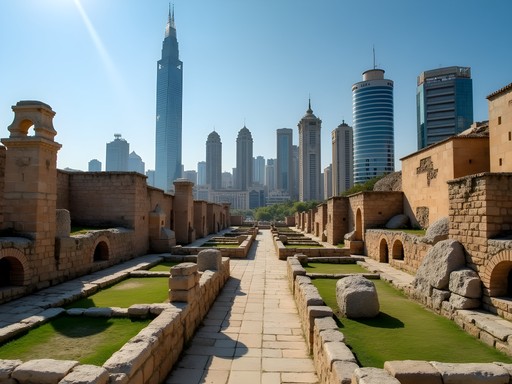

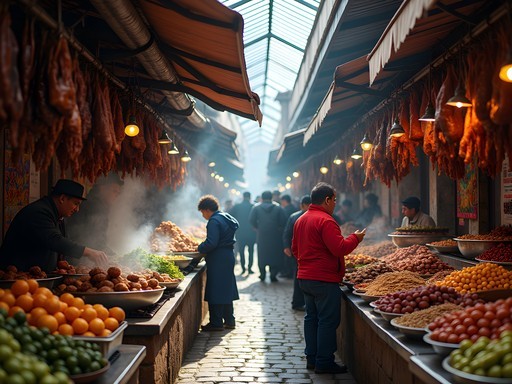

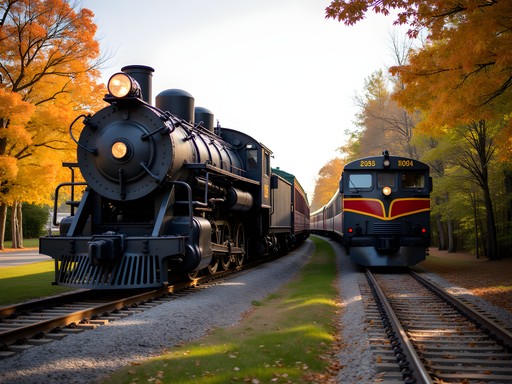

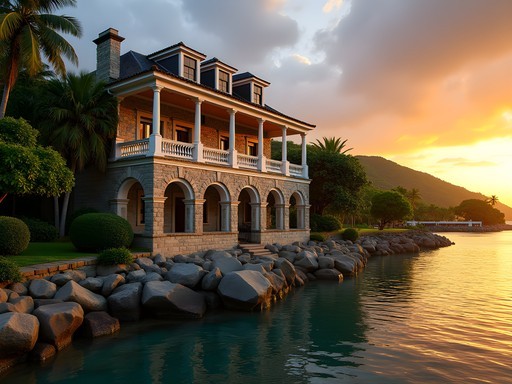

Comments
Nicole Russell
Lionel, this post is EVERYTHING! 😍 I was in Beirut last year and completely fell in love with it. Your neighborhood breakdown is spot on! I stayed in an Airbnb in Mar Mikhael and felt like I was living the dream with all those cool cafes and street art. One tip for anyone going - don't miss the Armenian quarter of Bourj Hammoud for incredible food and the most amazing silver jewelry workshops where you can watch artisans at work. Also, the Sunday morning bike rides with The Chain Effect group were such a fun way to see the city from a different perspective! They loan bikes and the routes change weekly. Beirut has this incredible resilience and creativity that just gets under your skin. Already planning my return trip!
Lionel Marshall
Thanks Nicole! Great tip about The Chain Effect bike rides - I didn't get to try those. Bourj Hammoud is definitely a hidden gem for food explorers. Did you try manti while you were there?
Nicole Russell
Yes! Those tiny beef dumplings with the yogurt and sumac sauce were incredible. Had them at Seza and couldn't stop ordering more. The whole Armenian culinary influence is so fascinating!
CoffeeExplorer
That manoushe breakfast sounds amazing! Adding Beirut to my list.
springmood
@CoffeeExplorer You absolutely should! The za'atar manoushe from street vendors is life-changing. And so cheap!
Amit Sullivan
Lionel, your piece transported me back to my own Beirut mornings! There's something magical about that city at dawn. During my stay last year, I befriended an elderly gentleman who sold coffee near my apartment in Achrafieh. Each morning he'd share stories of pre-war Beirut while preparing the perfect cup. He insisted the secret was heating the cardamom with the beans, not adding it after. Those conversations taught me more about Lebanon than any guidebook could. Your advice on using service taxis is spot-on - they're cultural experiences in themselves. The drivers are often the best source of unfiltered local perspective. Looking forward to your next piece!
TravelwithMei
If you're in Beirut on a Sunday, don't miss Souk el Ahad (the Sunday Market)! It's not in many guidebooks but locals love it. Found amazing vintage jewelry there!
Claire Hawkins
Lionel, this brought back so many memories of our family trip to Beirut last year! Your description of the morning sounds - the call to prayer mixing with street vendors - is exactly what I remember from our apartment in Achrafieh. We also found that visiting Horsh Beirut park was perfect for our kids to run around while meeting local families. One tip I'd add for families: the small neighborhood bakeries often let children watch them make manoushe if you visit during slower times, which was magical for our little ones. And the National Museum has surprisingly good activities for kids despite its serious subject matter. Did you get a chance to visit any of the mountain villages outside the city? Byblos was our favorite day trip.
Lionel Marshall
Claire, that's such a great tip about the bakeries! I did make it to Byblos and Batroun - absolutely stunning contrast to the city energy. Will have to add those family-friendly suggestions to my next update.
adventureclimber96
Is the food as amazing as everyone says?
cityqueen
Even BETTER! The mezze alone will change your life. Try Tawlet restaurant if you go - farm to table Lebanese food that's incredible.
springmood
Really appreciate the sustainable mobility section! How did you find the shared van system? I've heard it can be confusing for visitors but seems like the most authentic way to get around.
Lionel Marshall
@springmood The service vans took some getting used to, but once I learned the hand signals and common routes, they became my favorite way to explore! I used this pocket map which shows the main routes and helped tremendously. Just make sure to confirm the destination with the driver before hopping in!
hikingking
We did the public transportation too and it was great once we figured it out! Way cheaper than taxis.
dreamwanderer
I'm intrigued by the food scene! What was your absolute favorite local dish that isn't as well-known as hummus or falafel?
hikingking
Those rooftops in Achrafieh are incredible! Great post!
Lillian Diaz
Lionel, this post brings back so many memories! I spent three weeks in Beirut last spring and completely fell in love with Gemmayze's morning energy. That first sip of Arabic coffee while watching the city wake up is pure magic. Did you get a chance to explore the hidden garden cafés in Mar Mikhael? There's this tiny spot down an unmarked alley that serves the most incredible fūl with a modern twist - I filled half my journal just sitting there people-watching. Your neighborhood breakdown is spot-on - Beirut really is a city of microcosms!
springmood
@Lillian Diaz Do you remember the name of that café in Mar Mikhael? Heading there next month and would love to check it out!
Lillian Diaz
@springmood It's called Kalei Coffee Co.! Bit tricky to find but absolutely worth it. The courtyard in the back is magical in the mornings.
Venture X
Premium card with 2X miles, $300 travel credit, Priority Pass